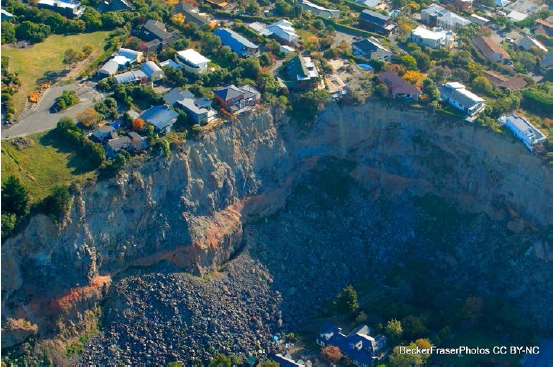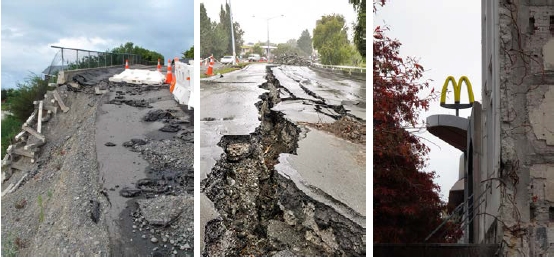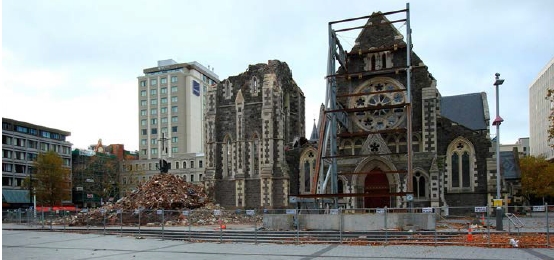Each year FIG organises an international event. Every four years the large Congress is held (the latest in Kuala Lumpur, Malaysia in June 2014), and in the intervening years an annual Working Week is organised.
The FIG General Assembly, at its meeting held at the 2012 Working Week in Rome, elected the New Zealand Institute of Surveyors to be the local host for the FIG Working Week 2016. The last time a FIG Working Week/Committee Meeting was held in New Zealand was in 1988.
Working Weeks combine meetings of FIG’s General Assembly and administrative bodies with a technical conference over three days with 8–10 parallel sessions, organised by FIG Council and the ten FIG Commissions together with the host member association (in this instance, the New Zealand Institute of Surveyors). Working Weeks offer the opportunity for commissions to implement their work programmes and for FIG to network at a local, regional and international level.
The 2015 Working Week venue is Sofia Bulgaria, and recent Working Weeks have been held in Marrakech, Morocco (2011), Rome, Italy (2012), and Abuja, Nigeria (2013). The FIG Working Week 2016 will be hosted in Christchurch, New Zealand at the Addington Events Centre (Horncastle Arena) and the Addington Raceway.
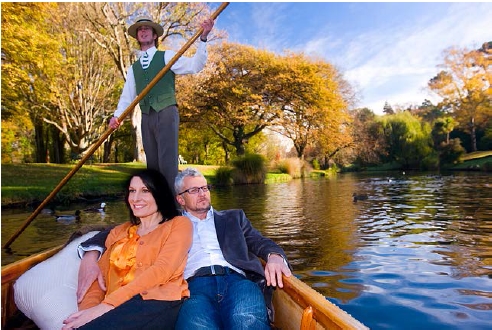
Post-earthquake Christchurch is an ideal venue for an international surveying conference with the theme “Recovery from Disaster”. It is being held at a time when considerable re-building and renewal is underway throughout the city and the areas of Canterbury affected by the 2010–2011 earthquakes sequence. Many inhabitants throughout the World face various kinds of disasters, apart from earthquakes as in Christchurch, such as flooding, storm events, tsunamis, drought, the after effects of conflict etc. that are a world-wide challenge, especially taking the effects of climate change into consideration. Disasters, natural or otherwise, directly impact surveyors and spatial professionals and their work on the land, under the seas, in the air and in space.
The FIG Working Week 2016 has wide support within Christchurch and throughout New Zealand with a commitment already pledged by the Christchurch City Council and Land Information New Zealand; New Zealand’s government department responsible for land titles, geodetic and cadastral survey systems, topographic information, hydrographic information, managing Crown property and a variety of other functions.
The academic community and private practitioners are also committed to the FIG Working Week 2016, which expects to attract between 700–900 local and international delegates each of whom will be taking a ‘once in a lifetime’ opportunity to visit New Zealand. Around 90–100 countries are normally represented at a FIG Working Week.
The FIG Working Week 2016 will appeal not only to the wider surveying profession as represented by the ten FIG Commissions but also the broader spatial sciences industry including cartographers, remote sensing and photogrammetric professionals, those involved with GIS systems and location based services. Instrument manufacturers, including GNSS, and software application specialists will also benefit from being involved with this major international event.
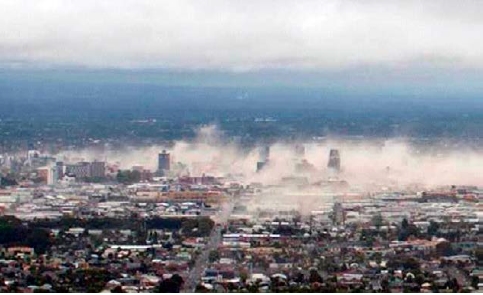
The theme of the FIG Working Week 2016 is “Recovery from Disaster” and New Zealand, and Christchurch in particular, is an ideal location from which to consider this theme. New Zealand is a (relatively) geologically active country with a history of seismic events. In 2010 and 2011 the Canterbury region experienced two major earthquakes, one at magnitude 7.1 on the Richter scale and thousands of subsequent aftershocks. There was major structural damage to the city and loss of life.
As with any major natural disaster, the world’s attention was captured by the events and the subsequent rescue and recovery activities. While the international media’s cameras and attention were focused on the emergency services and Urban Search and Rescue Teams in the city centre, the local surveying and spatial communities were actively engaged in the Christchurch recovery from immediately after these events and are at the forefront of the rebuilding of a new and vibrant city.
It was during the immediate aftermath that international rescue teams descended on the area providing assistance. Japan subsequently suffered its own earthquake and tsunami disaster later in 2011, and a New Zealand team was able to reciprocate the assistance provided by the Japanese USAR team immediately after the 22 February 2011 Christchurch earthquake.
Critical lessons have been learned in the recovery and rebuilding of Christchurch and its environs that can be applied to any global disaster. Despite the events, Christchurch remains fully functional and repairs to essential service infrastructure have largely been completed. It is these shared experiences that will provide the platform for the FIG Working Week 2016.
